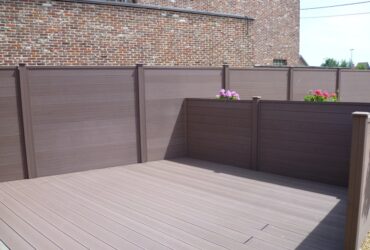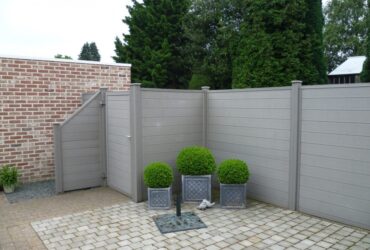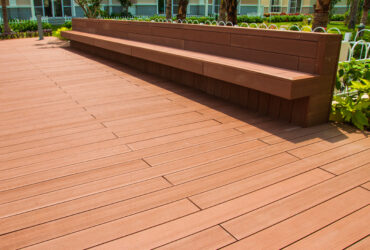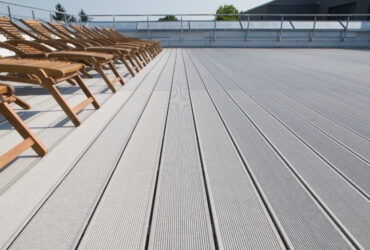Flame Retardancy And Mechanical Properties of Wood-plastic Composites
In recent years, the wood industry has gradually developed into a green and low-carbon industry with low energy consumption and low environmental pollution, playing an important role in promoting carbon peaking and carbon neutrality. However, due to the lack of forest resources and the national natural forest protection engineering policy, the contradiction between supply and demand of wood in my country has become increasingly prominent, and the dependence on foreign wood has exceeded 50%. The development and preparation of high-performance functional wood-plastic composite materials (WPC) is crucial to alleviating wood resources. Tension is significant. WPC is a type of environmentally friendly composite material made by melt blending wood fiber and thermoplastic plastic through extrusion, hot pressing or injection molding.It not only inherits the natural affinity, light weight, high strength and easy processing of wood, but also overcomes the defects of wood such as poor dimensional stability, corrosion resistance and anisotropy.It can be used as a highly economical composite material and widely used in many fields such as garden landscaping, packaging logistics, home decoration and construction.
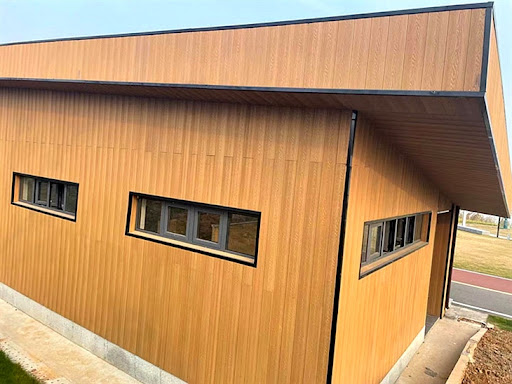
However, wood-plastic composites prepared with wood fiber and polyethylene/polypropylene as main components are extremely easy to burn and must be flame-retardant in actual use. Intumescent flame retardant (IFR) systems usually consist of acid source, carbon source and gas source, and have been proven to significantly improve the flame retardant properties of WPC. When IFR is heated or burned at high temperature, the carbon source is dehydrated into carbon under the catalysis of the acid source. The carbide is decomposed by the gas source to form a thick porous expanded carbon layer wrapped around the surface of the material. Isolate heat conduction and the diffusion of flammable gases, thereby inhibiting WPC combustion. Expandable graphite (EG), as a representative of IFR, is cheap, non-toxic, low-smoke, has a high expansion rate, and has excellent flame retardant effect.
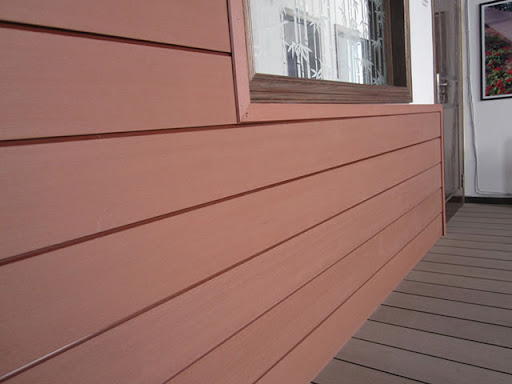
However, like most additive flame retardants, the introduction of high content of EG usually leads to a serious decrease in the mechanical properties of WPC. Therefore, researchers try to improve the mechanical properties of composite materials in various ways to minimize the impact of flame retardants as much as possible.A branched cross-linked network polyelectrolyte composite (PEC) was designed through self-assembly of polyethylenimine (PEI)/cellulose nanocrystals (CNC)/APP,It is confirmed that the interaction between hydrogen bonds provided by PEC can effectively enhance the interfacial compatibility between the plastic matrix, wood fibers, and flame retardants, thereby improving the overall mechanical properties of the composite material.Magnesium hydroxide was surface modified with sodium stearate and compounded with EG to prepare flame-retardant polyethylene materials. The results show that compared with the unmodified material system, the compatibility between modified magnesium hydroxide and polyethylene particles is improved, which enhances the bonding performance between the flame retardant and the matrix material during processing.The effect of SiO2 on the mechanical properties of WPC was explored. The results showed that, on the premise that the particles are uniformly dispersed, 0.5~9wt% SiO2 can improve the mechanical properties of the composite material by 15%~30%;The effect of different contents of nano-silica (n-SiO2) on the mechanical properties of HDPE-based wood-plastic composites was explored.The results show that when the dosage of n-SiO2 is 5wt%, the reinforcement effect on composite materials is the best;A comparative study was conducted on the effects of dispersed distribution and layered distribution of EG/APP in WPC on the flame retardant properties and mechanical properties of the material. The results showed that the flame retardant WPC distributed in layers can better improve the flame retardant properties and bending strength of the material.
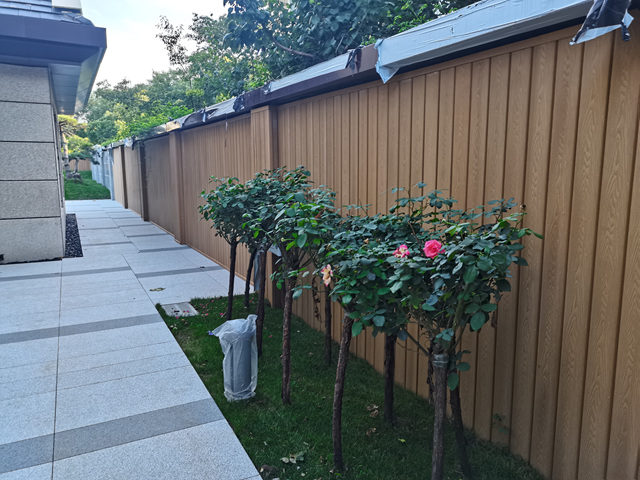
Based on the above research conclusions, this study used EG as a flame retardant and n-SiO2 as a reinforcing agent to prepare a multi-layer sandwich structure wood-plastic composite material with surface flame retardant and core layer reinforcement.And explore the impact of different structural designs on the flame retardancy and mechanical properties of composite materials. The research results have important practical significance for developing high-performance, functional wood-plastic composite materials and expanding the application fields of wood-plastic composite materials.

